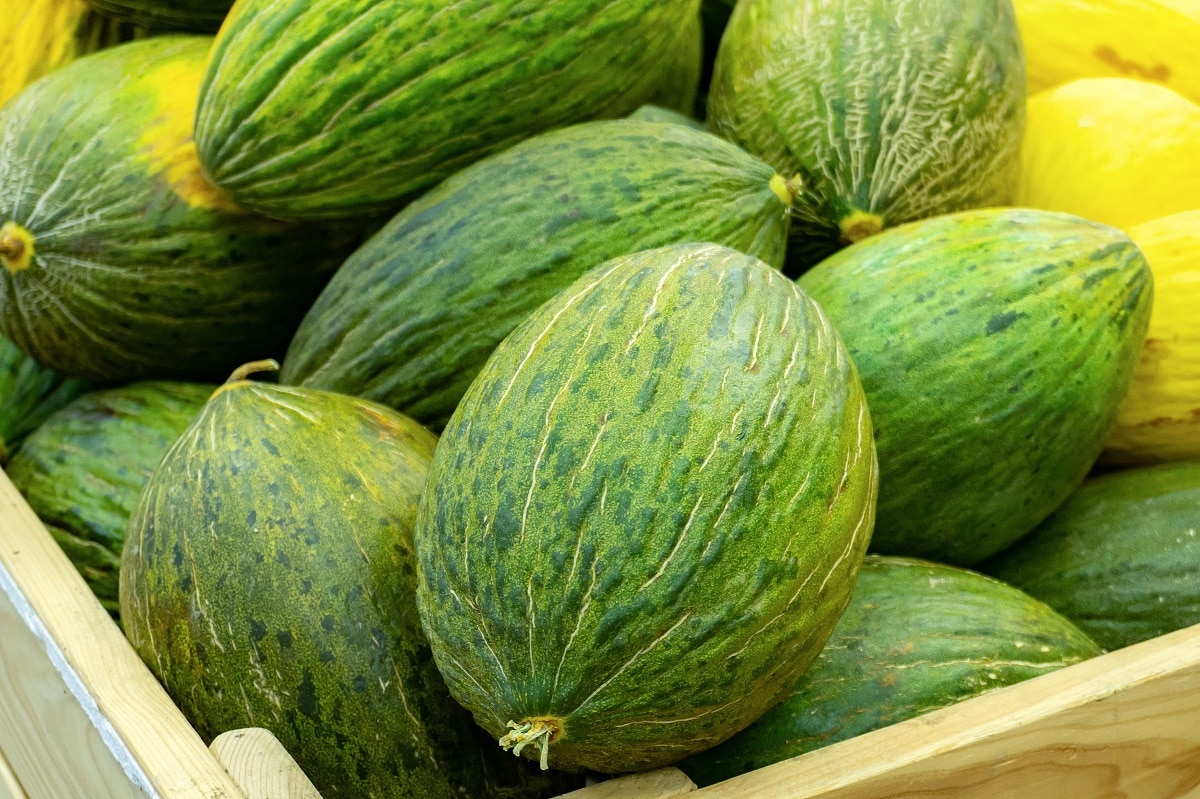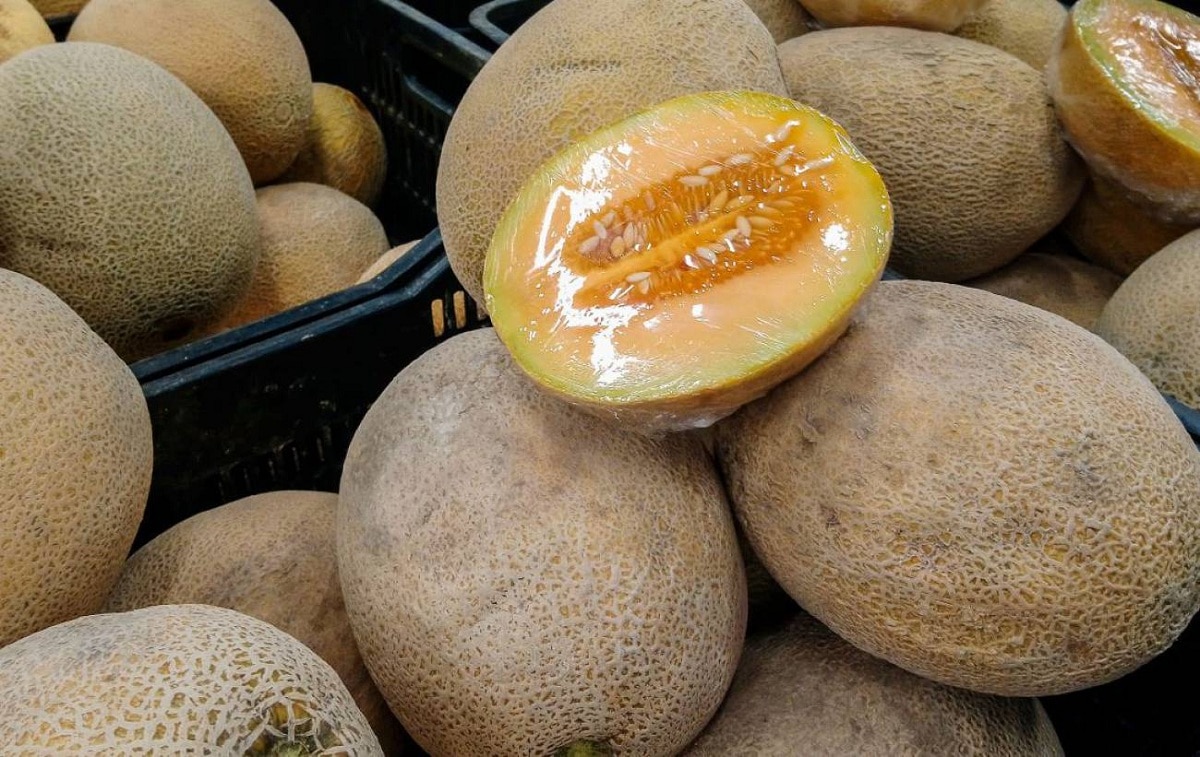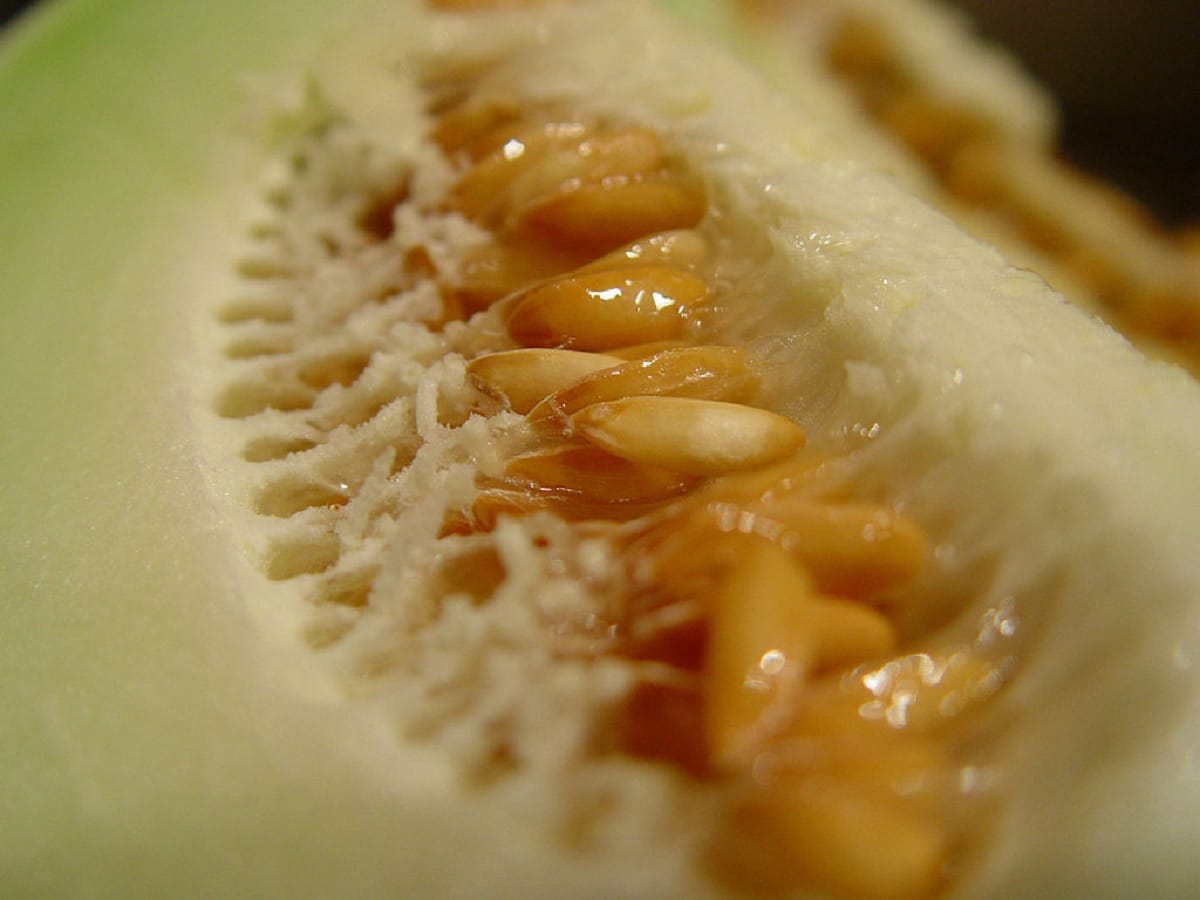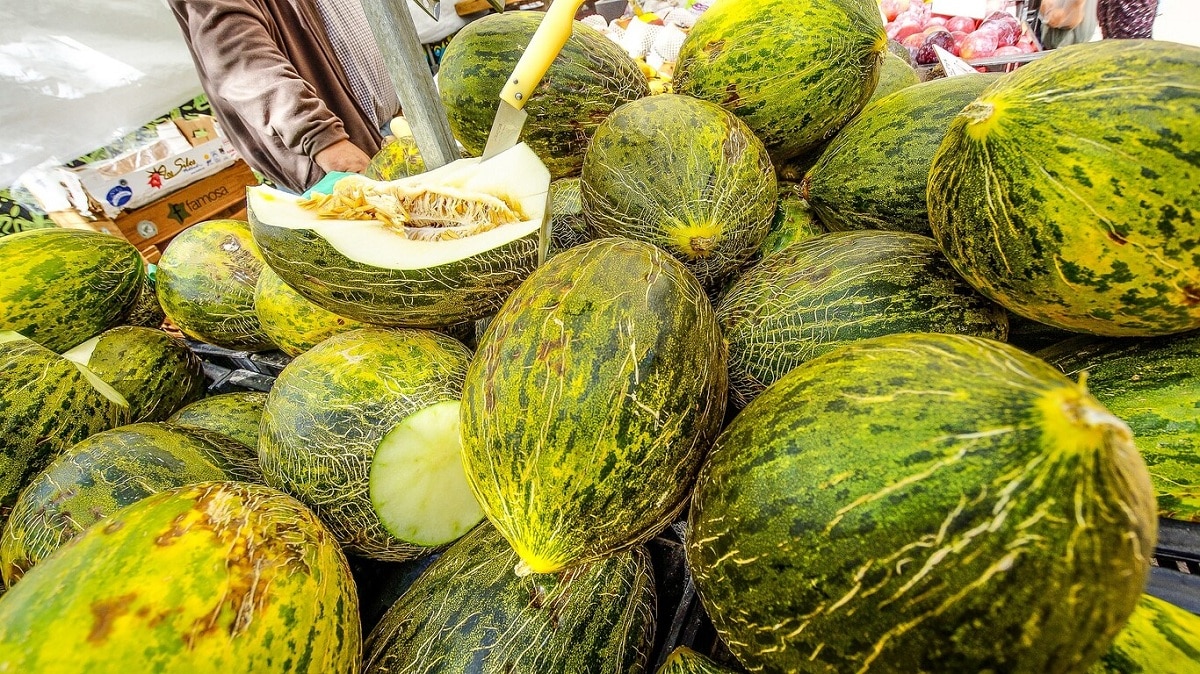
The melon is one of the most consumed fruits in the world. It has a very sweet taste and full of water. There are different varieties and there is often confusion when it comes to distinguishing the male from the female melon. Very few are those who know how to differentiate the male and female melon.
For this reason, we are going to dedicate this article to telling you everything you need to know to learn how to differentiate the male and female melon and some tips for its conservation according to the species you are consuming.
How to differentiate the male and female melon

In Spain, its season lasts from June to September, but it can sometimes be found in May and October, most commonly Piel de Sapo. What you may not know is that there are males and females, and the latter are sweeter and tastier, so it is interesting to know how to identify them.
Male melons have longitudinal lines from head to tail, while melon stripes radiate circularly around the stem. That is, the grooves form a circle. This not only showed that we were dealing with a female melon, but that the fruit in our hands was sweeter. On the other hand, if we prefer less sweet melons, it is better to choose the male ones.
If you are looking for melons in a supermarket or reputable store for the first time, it can cost you a lot of money to find them. This is because many fruit wholesalers usually reserve them for restaurants. But it is not impossible to get one, so be patient. There are other things to consider when choosing the best melons on the market. You should never ignore its diversity.
In addition to the green and oval Piel de Sapo, there are other well-known varieties such as Amarillo, Verde, Charentais or Branco. If you choose a domestic one, it will likely travel less and therefore not be refrigerated as long or hit as hard. Although melons of foreign origin are also grown in Spain, it is best to check the origin label or ask the seller.
Tips for choosing melon

Take a good look at the colors. In the case of the Piel de Sapo, the coppery tone does not indicate oxidation, but rather that we are dealing with a melon from the end of the year, which has a higher sugar content. On the other hand, the brightest, greenest and most palatable melons to the naked eye are probably hoaxes. Trust the ones with matte, dark, and opaque colors, and the ones with more stretch marks or lines. To check if it is ripe, there are two ways. The first (and the most famous) consists of tightening on its end: if it is correct, the lower part will be slightly curved and the other end will be slightly domed.
For the second trick, simply press the fruit from the sides to the center. If the melon succeeds, that means you've made it to where you are. If not, it's a little less. Buying a green melon can be repaired, you just have to be careful before opening it. According to the Organization of Consumers and Users (OCU), you can store it in a paper bag with apples or bananas in a cool, dry place to ripen at home.
Not all melons ripen at home

It is often assumed that cucumbers that have been ripened at home for a few days at room temperature will allow them to ripen, but this is not always the case. Here, we re-emphasize the importance of distinguishing climacteric and non-climacteric fruits, that is, those that continue to mature after separation from the plant and those that are immature.
The Piel de Sapo melons are not climacteric, or they are harvested at the best time, or we can forget that they are improved at home. Large companies rarely sell green or unripe melons because they have to pass many quality controls, especially when they are destined to be distributed for mass consumption. Greener melons are more likely to be found on the street, in retail stores, or at local stalls.
Melons that are climacteric continue to ripen after harvest, they are of the cantaloupe and inodorus type. This is a short-term advantage, but if they are left out too long or too hot, they can go bad before you know it. Overripe melons begin to ferment quickly and develop off-flavors and aromas.
This explains why melons of the Piel de Sapo type continue to be on the market until Christmas, because they do not spoil if they are stored well, the melon never lasts as long, it rots faster.
differences in taste
Just as not everyone likes the same types of apples, we don't have to agree on melon preferences. To this day, the catalog of varieties continues to grow every year as new seeds and crops are developed to conquer all types of consumers.
Piel de Sapo has a different flavor than melon or Galia, and within each type we also find new varieties adapted to the tastes and needs of the market. Because it is important to know what we like as individuals and buy accordingly. You have to look up the names, as well as the growers and their sources, and pay attention to which melons are most palatable to you.
We have to forget about handling melons or hitting them as if they gave us a magic signal to determine their quality. In principle, all the fruit will pass the previous quality control, but we can check that they are not damaged during transport or in the warehouse itself, factors that are beyond the control of the producer.
The yellowish or light-colored spots that some melons have on one side or on the base may correspond to areas in contact with the ground, but not always indicative of their maturity, since they usually move within the plant itself, or can vary from plant to plant and between different plants.
We must take care that the fruit does not look damaged, raised, cracked or smelly, since sometimes the store accumulates the product on the shelves for a long time, causing the old overripe melons to mix with the new ones. This can also happen with other fruits and vegetables.
I hope that with this information you can learn more about how to differentiate the male and female melon.